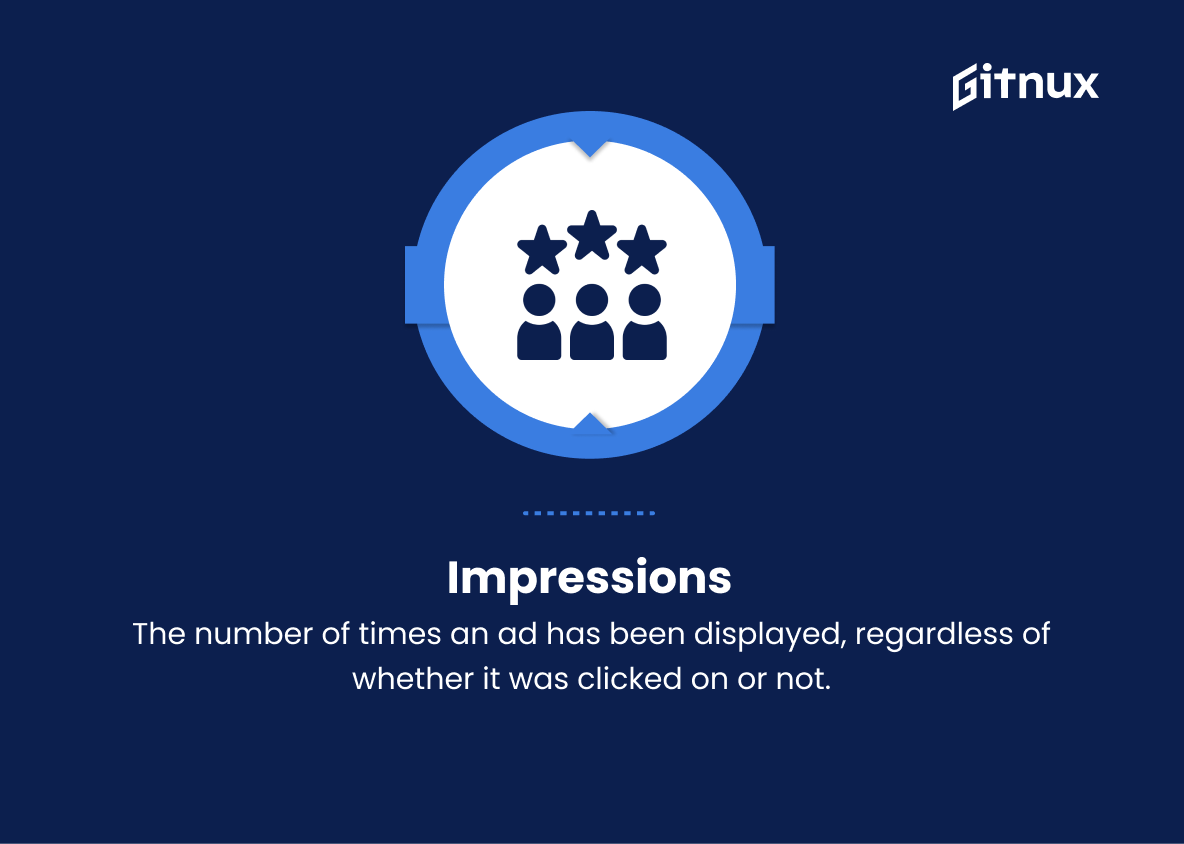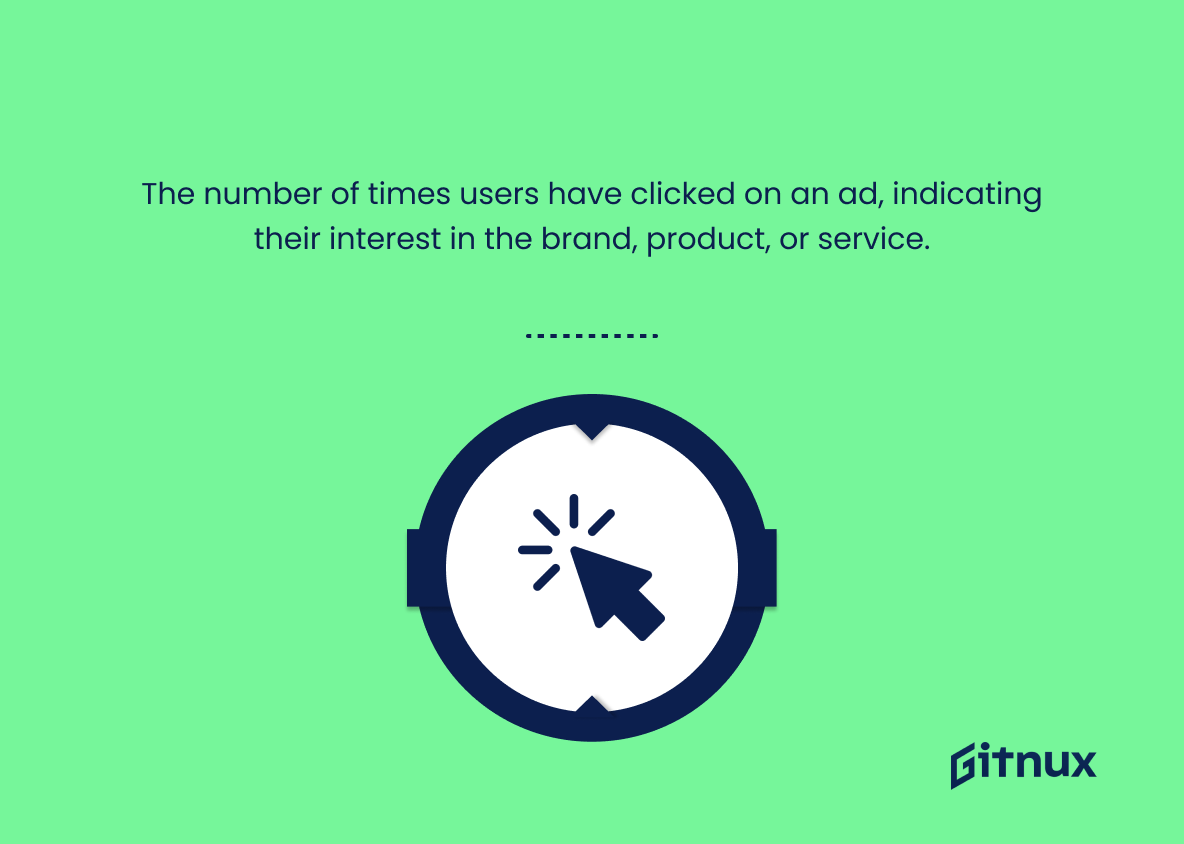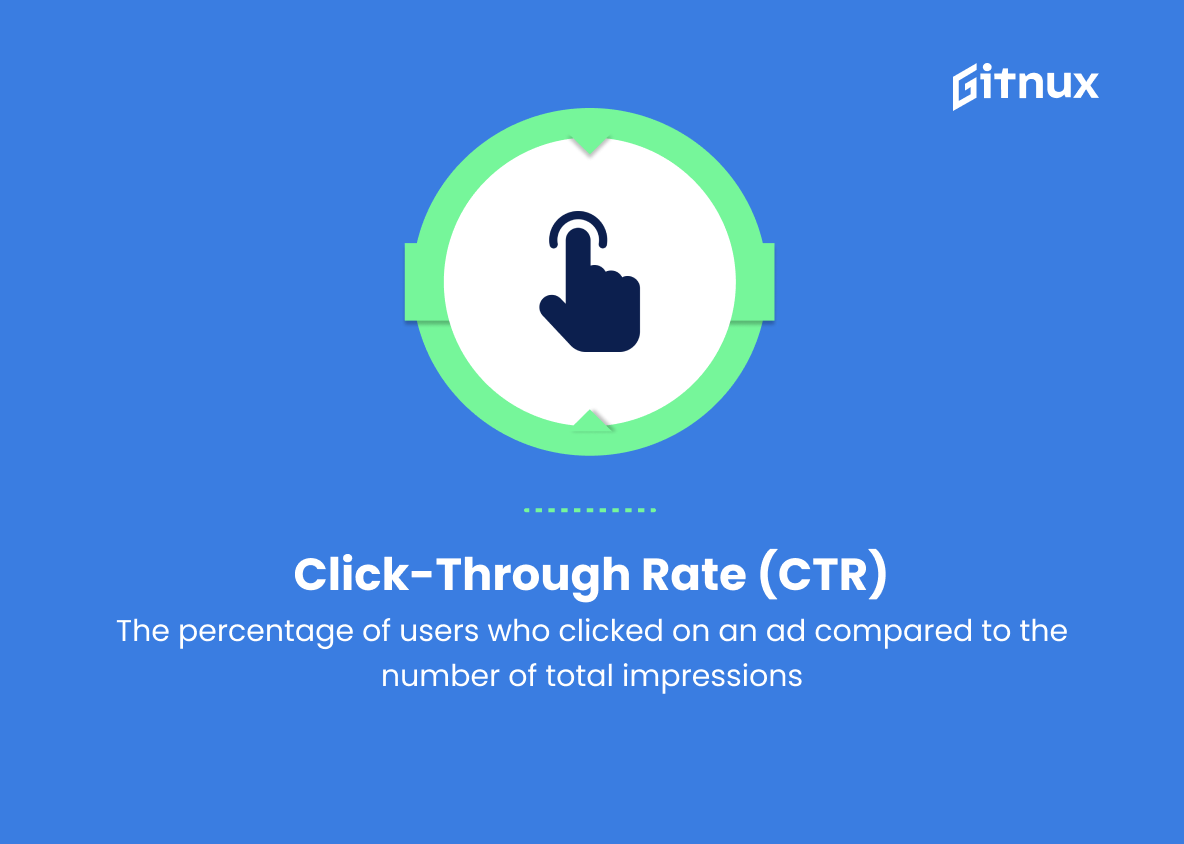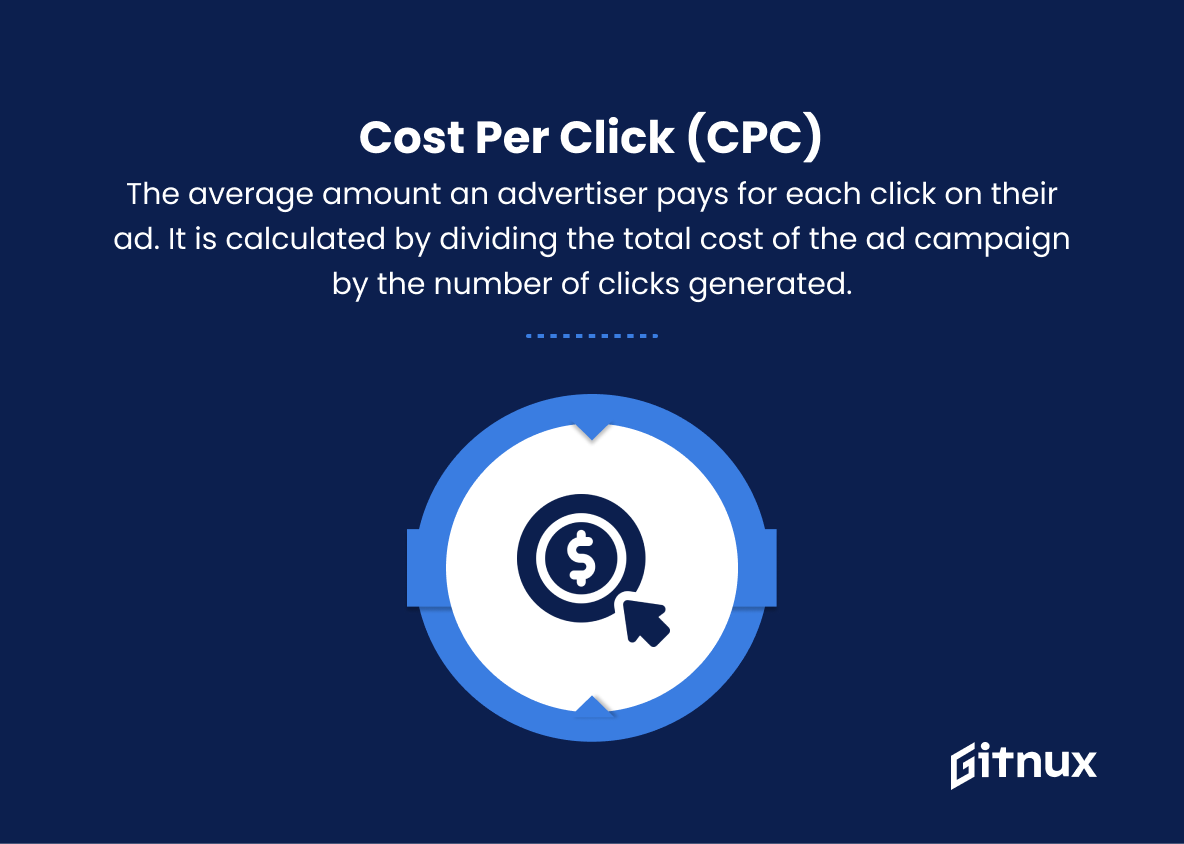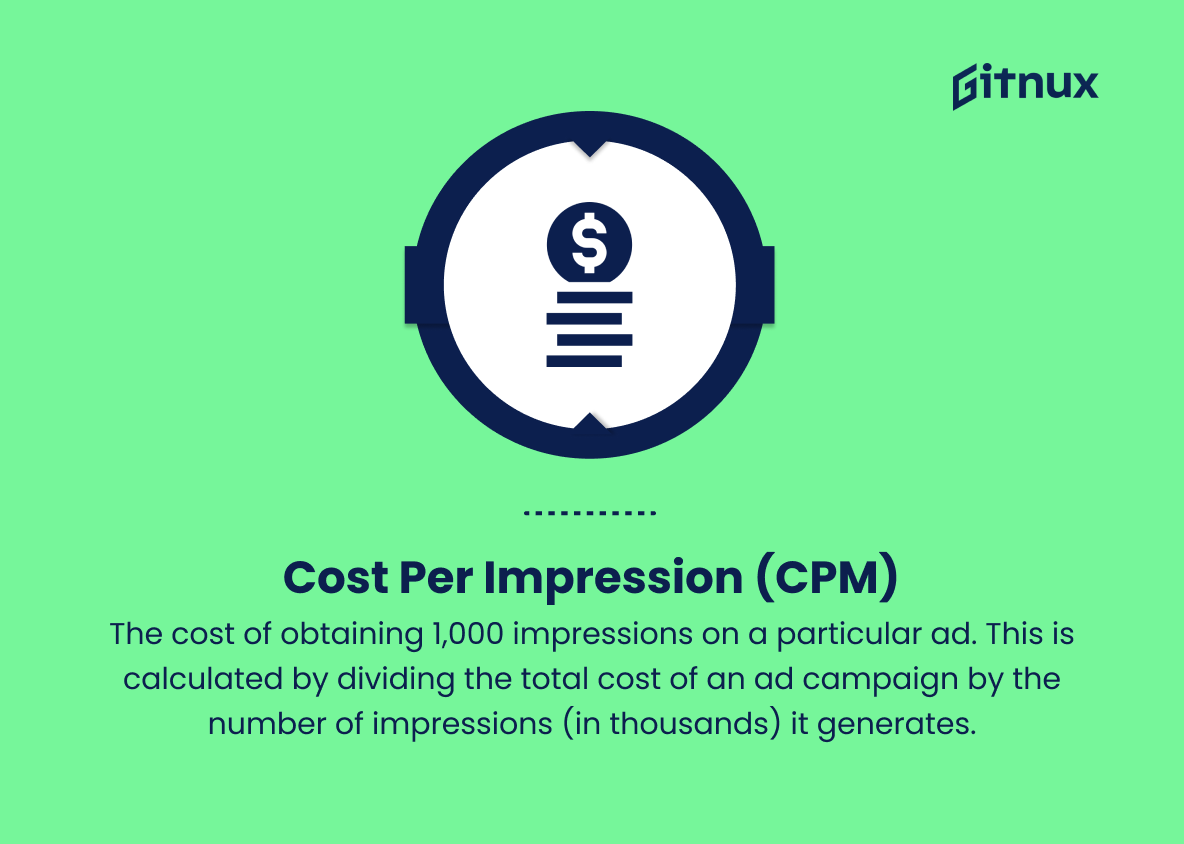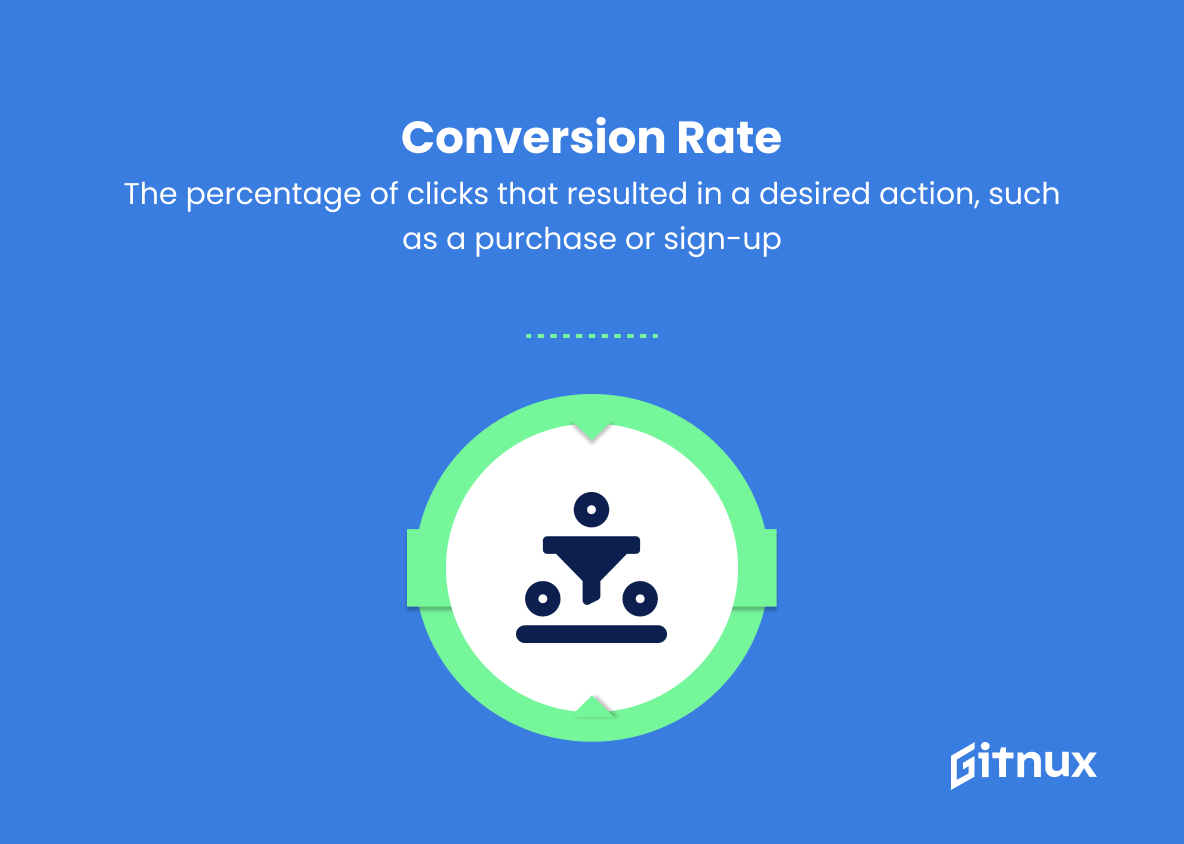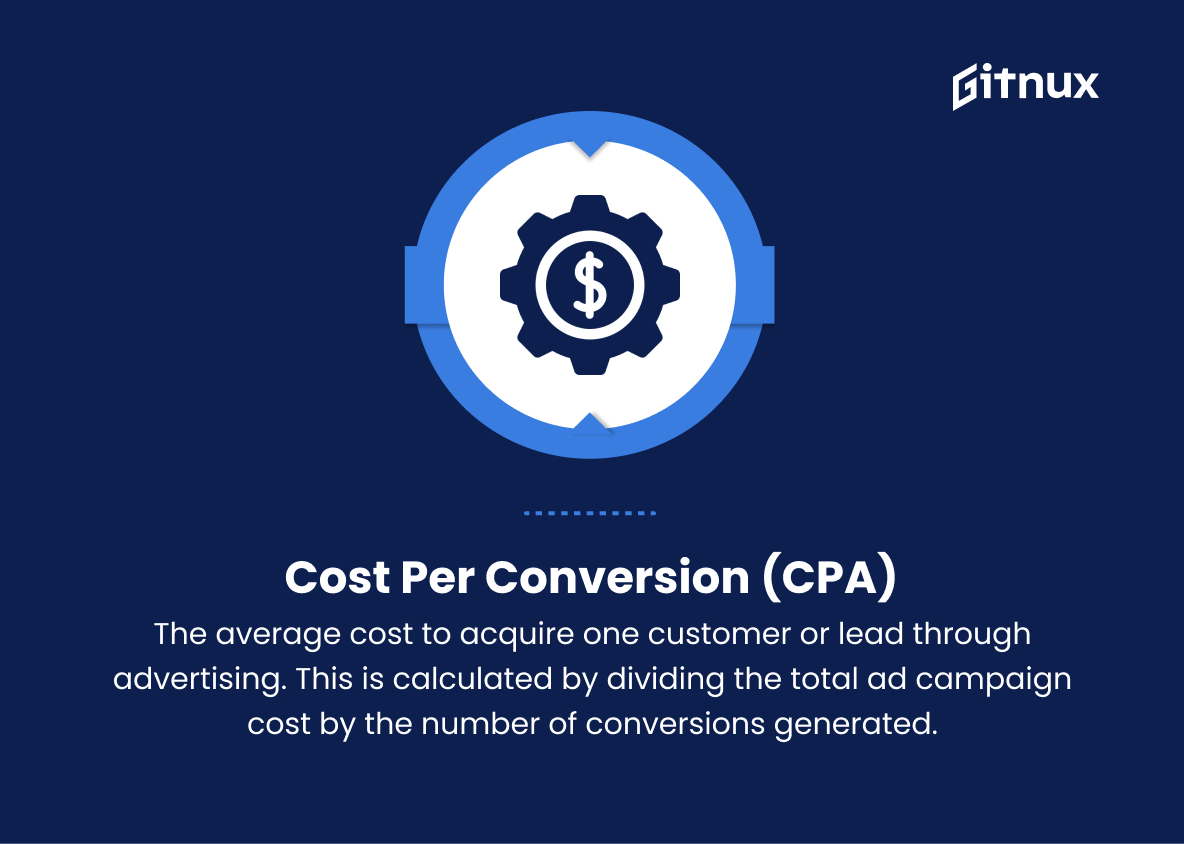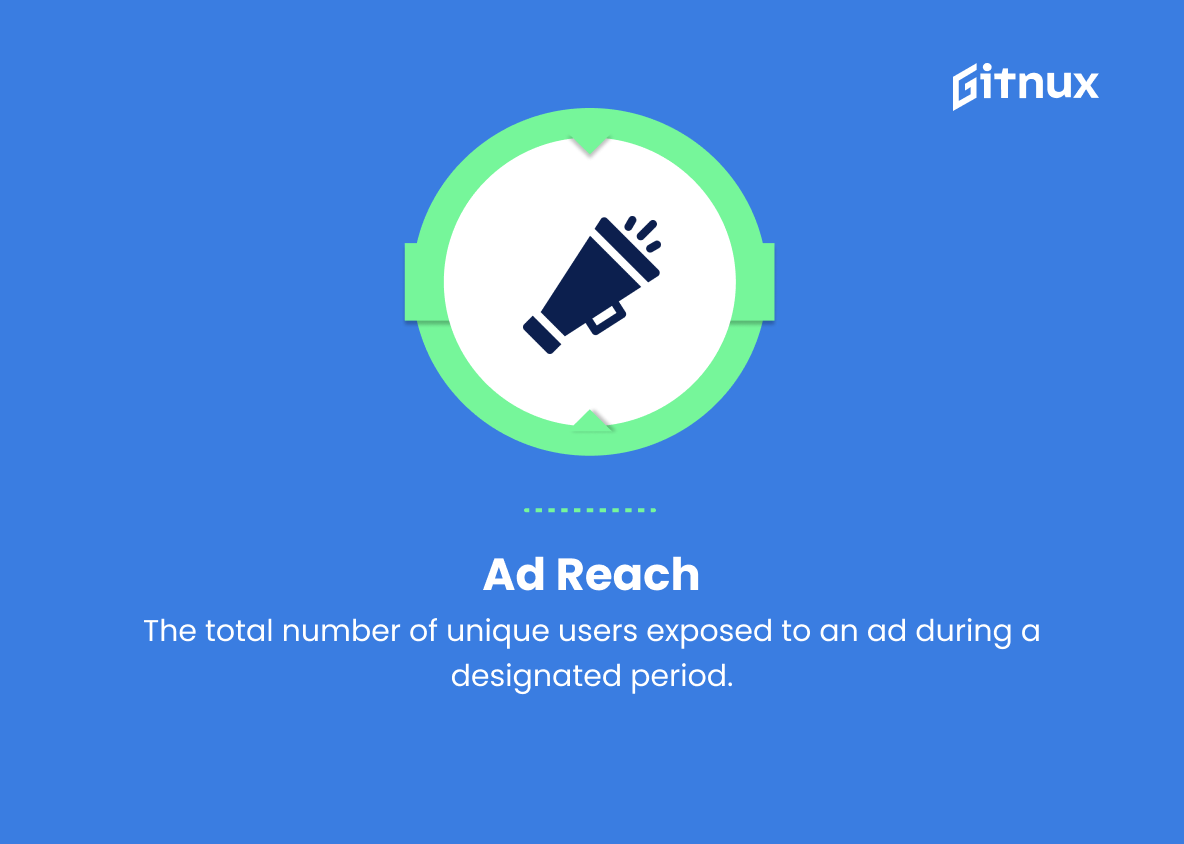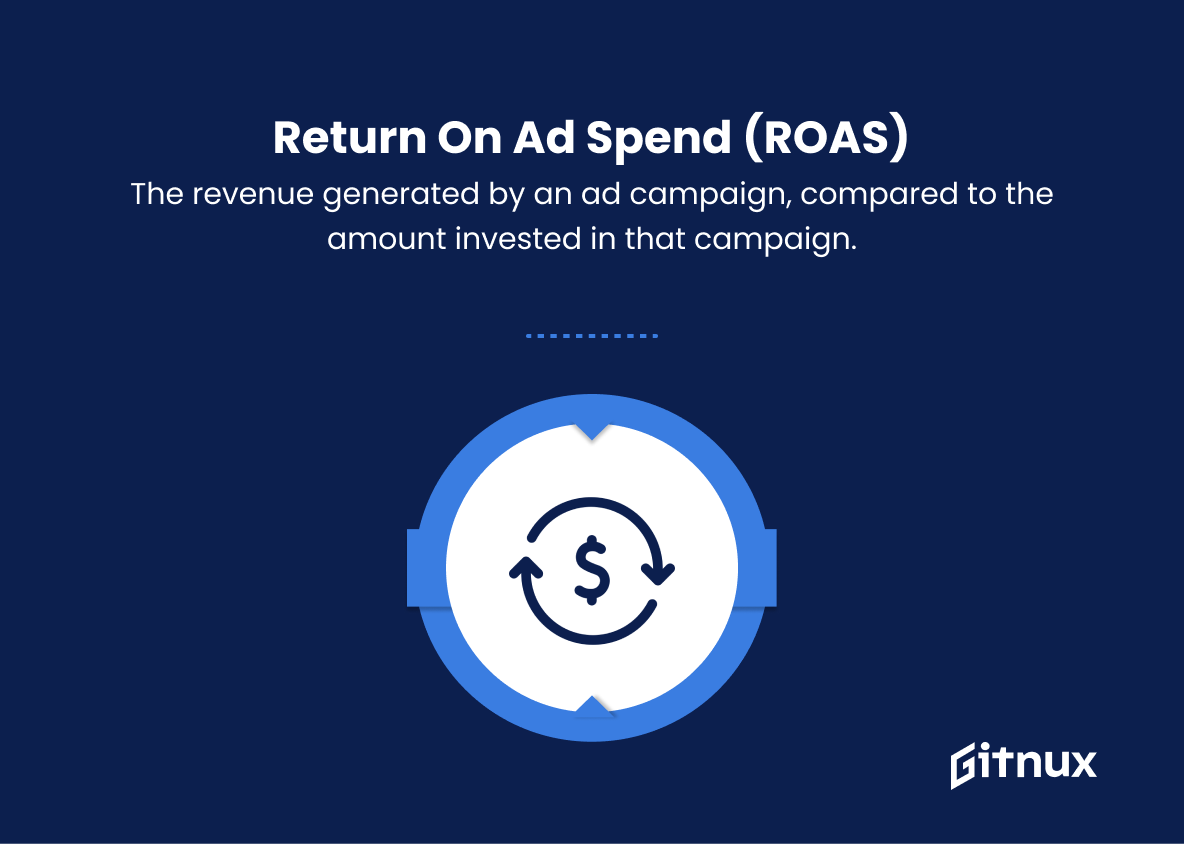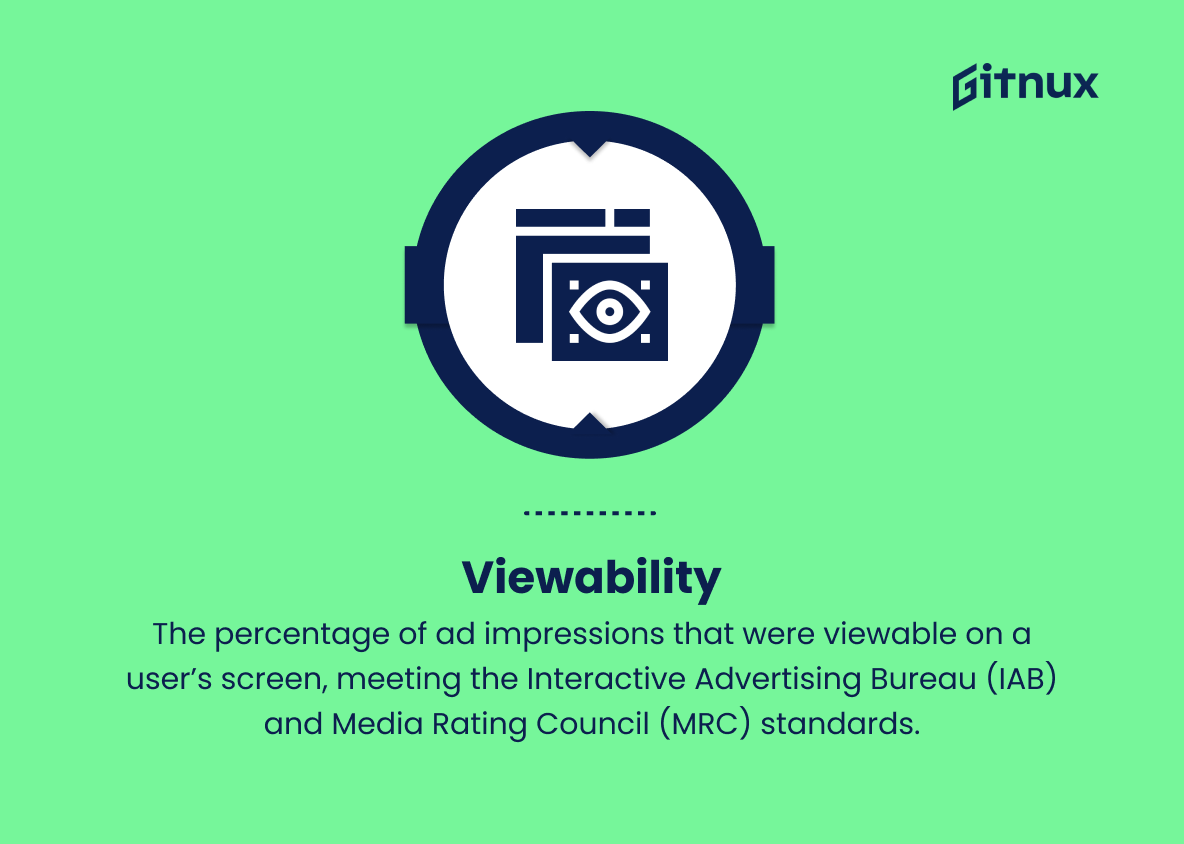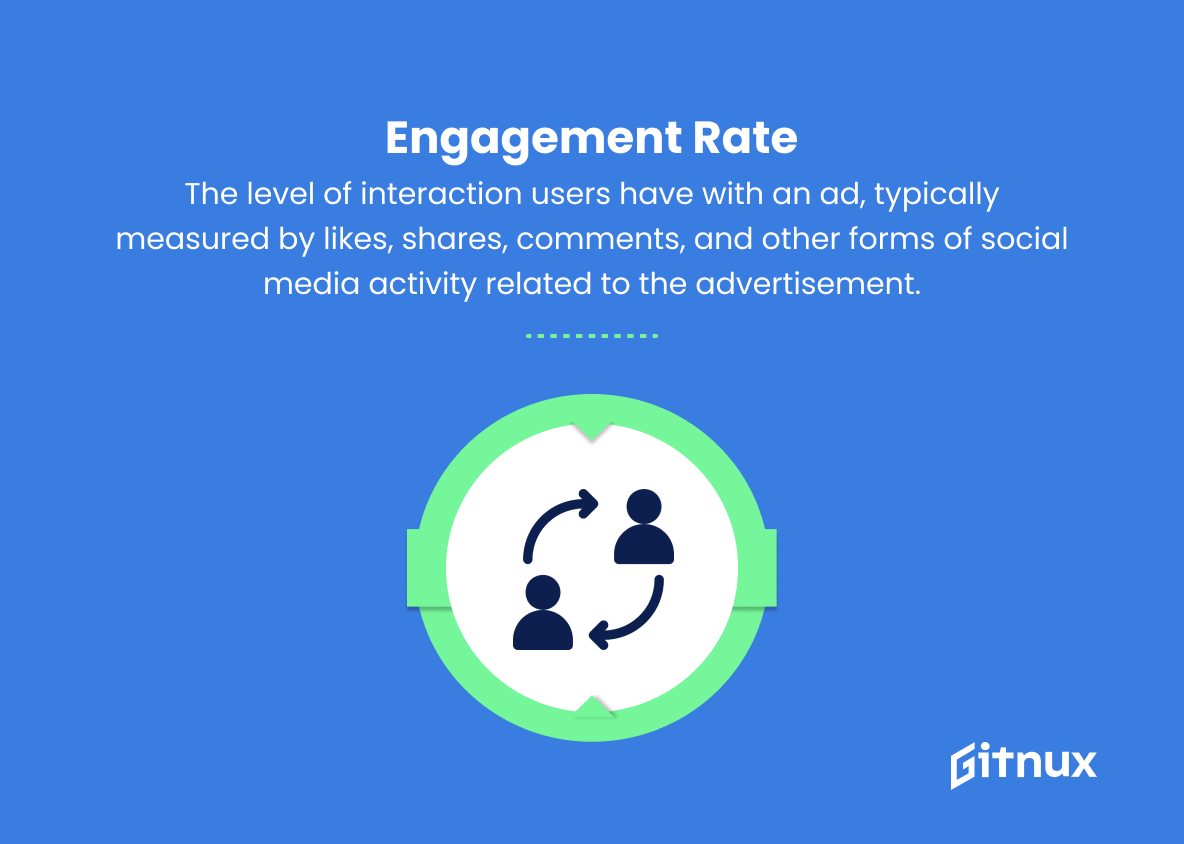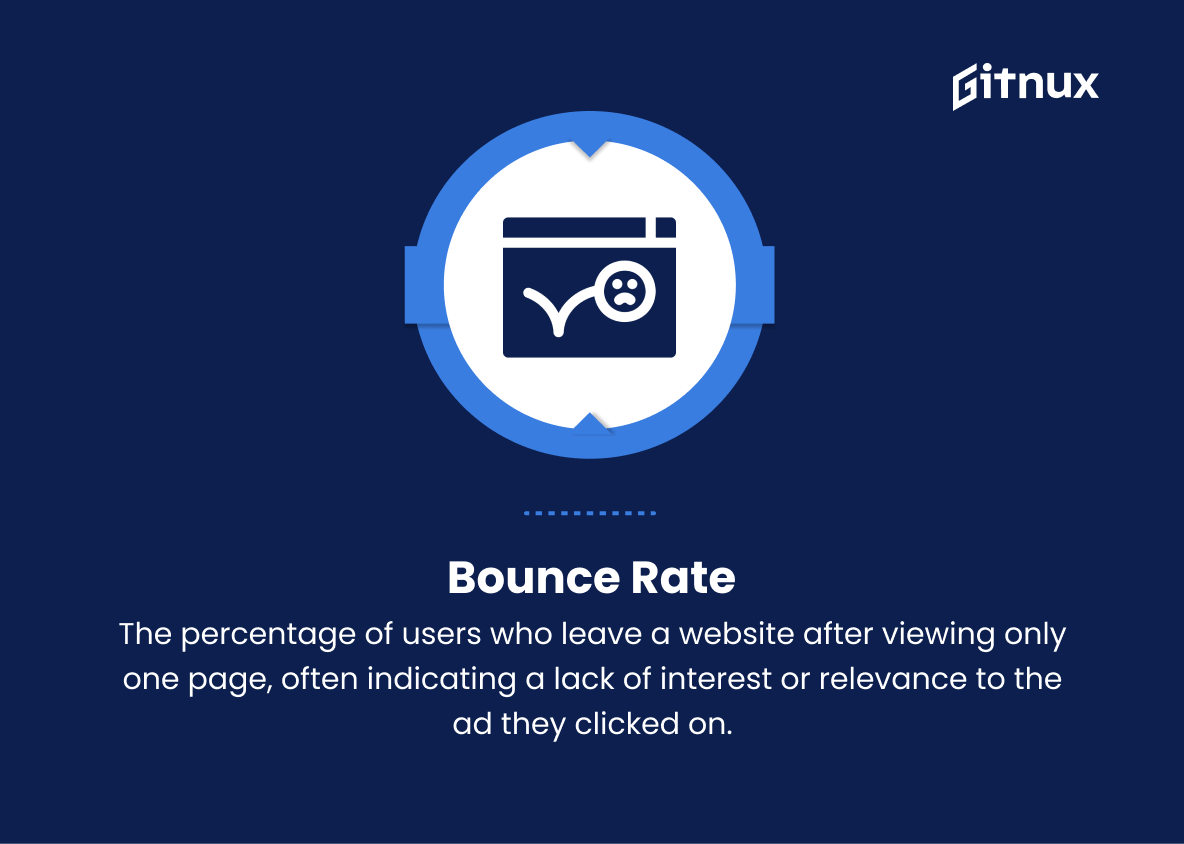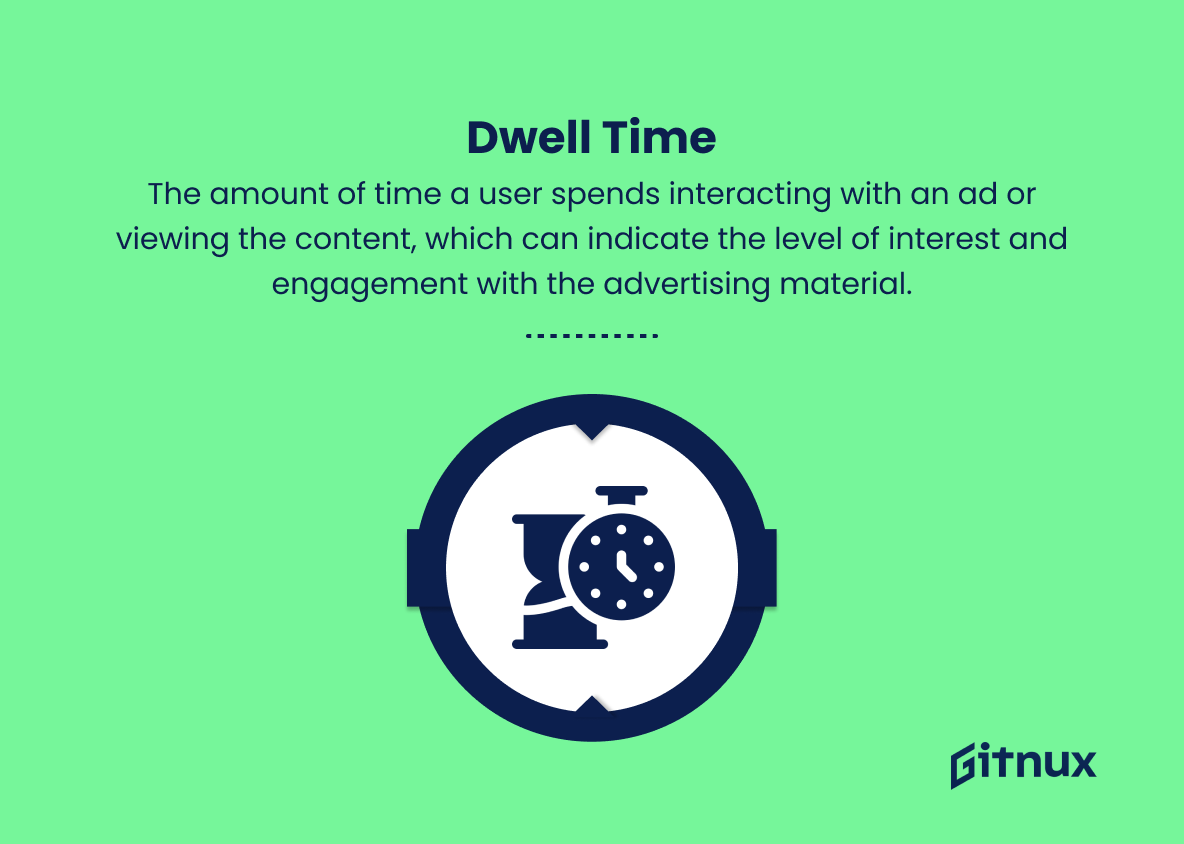In today’s data-driven world, effective advertising is far more than just creating persuasive messages and captivating visuals. It’s about understanding the metrics that quantify the success of your campaigns and their impact on your audience. Metrics not only help you optimize your strategies, they also provide valuable insights to drive future innovations.
In this in-depth blog post, we will explore some of the most crucial advertising metrics that every marketer and business owner should be familiar with. By delving into the importance of these performance indicators and breaking down how to analyze them, you’ll emerge armed with newfound knowledge and confidence to enhance your advertising efforts and achieve greater success in your campaigns.
Advertising Metrics You Should Know
1. Impressions
The number of times an ad has been displayed, regardless of whether it was clicked on or not.
2. Clicks
The number of times users have clicked on an ad, indicating their interest in the brand, product, or service.
3. Click-through rate (CTR)
The percentage of users who clicked on an ad compared to the number of total impressions. This is calculated by dividing the number of clicks by the number of impressions and multiplying the result by 100.
4. Cost per click (CPC)
The average amount an advertiser pays for each click on their ad. It is calculated by dividing the total cost of the ad campaign by the number of clicks generated.
5. Cost per impression (CPM)
The cost of obtaining 1,000 impressions on a particular ad. This is calculated by dividing the total cost of an ad campaign by the number of impressions (in thousands) it generates.
6. Conversion rate
The percentage of clicks that resulted in a desired action, such as a purchase or sign-up. This is calculated by dividing the number of conversions by the number of clicks and multiplying the result by 100.
7. Cost per conversion (CPA)
The average cost to acquire one customer or lead through advertising. This is calculated by dividing the total ad campaign cost by the number of conversions generated.
8. Ad frequency
The average number of times a unique user sees an ad within a specific time frame.
9. Ad reach
The total number of unique users exposed to an ad during a designated period.
10. Return on ad spend (ROAS)
The revenue generated by an ad campaign, compared to the amount invested in that campaign. This is calculated by dividing the revenue generated from the ad campaign by the ad expenditure.
11. Viewability
The percentage of ad impressions that were viewable on a user’s screen, meeting the Interactive Advertising Bureau (IAB) and Media Rating Council (MRC) standards.
12. Engagement rate
The level of interaction users have with an ad, typically measured by likes, shares, comments, and other forms of social media activity related to the advertisement.
13. Bounce rate
The percentage of users who leave a website after viewing only one page, often indicating a lack of interest or relevance to the ad they clicked on.
14. Dwell time
The amount of time a user spends interacting with an ad or viewing the content, which can indicate the level of interest and engagement with the advertising material.
15. Contextual targeting
Advertising based on the content and context surrounding an ad, aiming to reach users who are more likely to be interested in the specific topic, product, or service advertised.
16. Audience targeting
Advertising focused on reaching users who fit specific demographic, psychographic, or behavioral criteria that are relevant to a brand, product, or service.
Remember that each advertising campaign might require different metrics to measure its success, depending on the type of ad, campaign objectives, and target audience.
Advertising Metrics Explained
Advertising metrics matter because they provide valuable insight into the performance and efficiency of an ad campaign. Impressions give a basic understanding of how frequently an ad was shown to users, while clicks indicate users’ engagement with the ad. Click-through rates, cost per click, and cost per impression help advertisers understand their ad’s performance and cost-effectiveness. Conversion rates and cost per conversion demonstrate how well an ad promotes the desired action, such as a purchase or sign-up.
Metrics like ad frequency and reach showcase the extent and effectiveness of user exposure to an ad. Return on ad spend determines the financial gain from an ad campaign, while viewability and engagement rates measure user interaction with an ad. Bounce rate and dwell time indicate user interest and relevance of the advertised content. Lastly, contextual targeting and audience targeting help advertisers optimize their ads to reach users who are more likely to be interested, improving the overall success of the campaign. Thus, various advertising metrics play a crucial role in evaluating, optimizing, and improving advertising strategies.
Conclusion
In summary, understanding and utilizing advertising metrics is crucial to the success of any marketing campaign. The data gathered from these metrics not only sheds light on the effectiveness of your advertising strategies but also allows for optimization and improved decision-making. Embracing a variety of key performance indicators (KPIs), such as impressions, reach, engagement, click-through rate, conversion rate, and return on investment, will enable you to maximize the impact of your advertising efforts.
Ultimately, investing time and resources into analyzing and optimizing these metrics will result in stronger campaigns that drive meaningful results and contribute to the growth of any business.
